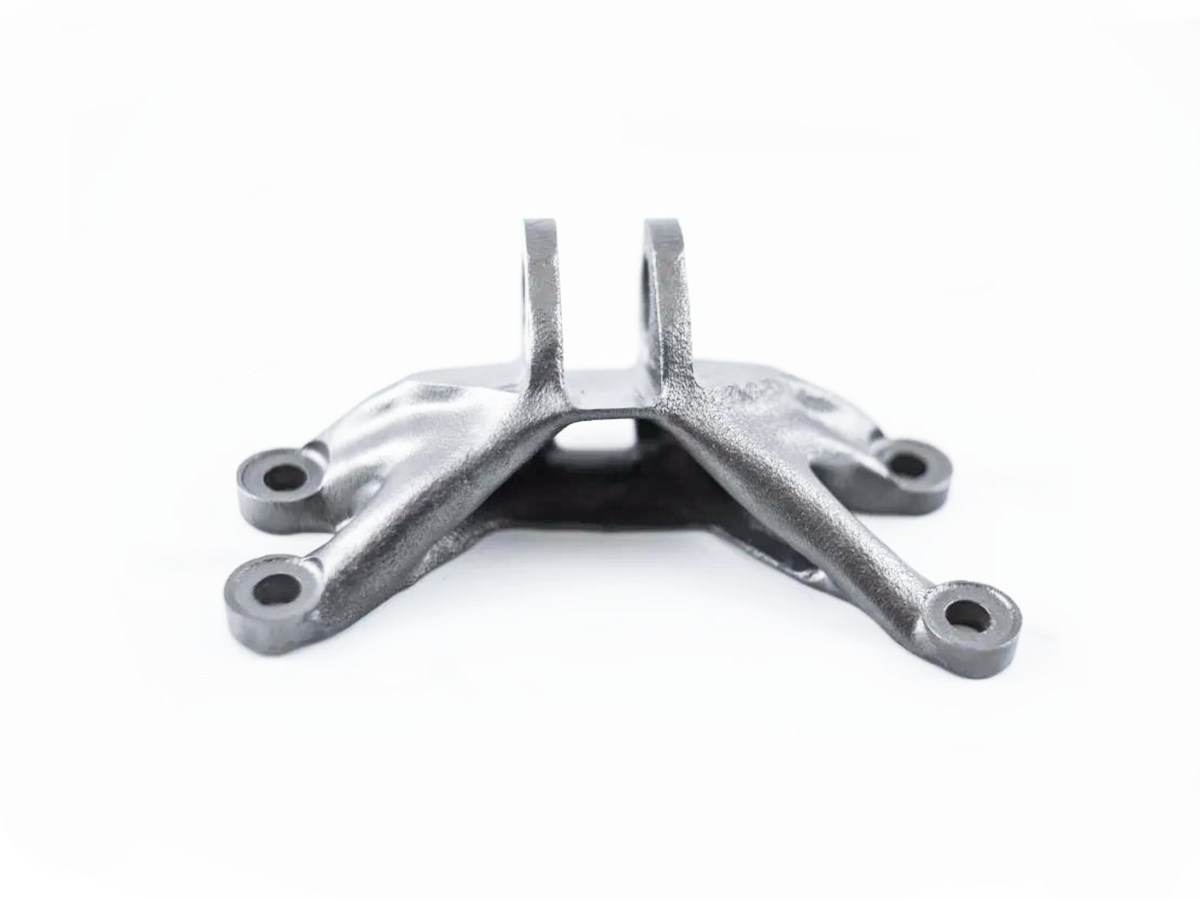How much do different tool brands and coatings affect recommended parameters?
The choice of tool brand and coating is not a minor detail; it is a fundamental process variable that can dictate the success or failure of a machining operation. The impact on recommended parameters is substantial, often requiring adjustments of 15% to 50% or more in cutting speed (SFM) and can significantly influence feed rates and tool life. Treating all tools as equal is a critical error. The rule of thumb is: Coatings dictate the "upper limit" of speed, while the tool brand's substrate and geometry dictate the "foundation" of feed, rigidity, and stability.
1. The Impact of Coatings: The Thermal Barrier
Coatings are engineered surface layers that enhance tool performance primarily by managing heat and reducing wear. Changing the coating often mandates a direct change to the cutting speed (SFM).
Uncoated Carbide: The baseline. It is tough but has limited heat and wear resistance. Used for intermittent cuts or where sharpness is paramount, but requires conservative speeds.
TiN (Titanium Nitride): A general-purpose coating. Allows for a 10-20% increase in SFM over uncoated tools. Good for carbon and alloy steels but less effective for stainless or high-temperature alloys.
TiAlN (Titanium Aluminum Nitride) / AlTiN (Aluminum Titanium Nitride): The workhorse for stainless steel and high-temperature alloys. These coatings form a stable, protective aluminum oxide layer at high temperatures. They allow for a 25-50% increase in SFM over uncoated tools. They are essential for managing the heat generated when machining gummy, work-hardening materials like SUS304 or SUS316.
CrN (Chromium Nitride) / TiCN (Titanium Carbo-Nitride): Excellent for abrasive materials and non-ferrous metals. They offer high lubricity, reducing built-up edge. They may not permit the same speed increases as TiAlN for steel but are superior for aluminum, copper, and plastics.
Practical Implication: If you are transitioning from an uncoated tool to a TiAlN-coated tool for machining stainless steel, you should immediately plan to increase your SFM by 30-40% to leverage the coating's heat resistance. Running it at the uncoated tool's speed wastes the coating's potential.
2. The Impact of Tool Brands: The Substrate and Geometry
Beyond coatings, the brand and specific product line define the core tool: the carbide substrate (blend of toughness and hardness) and the cutting geometry (rake angles, helix, flute design).
Substrate Grade:
Premium Brands (e.g., Sandvik, Kennametal, Iscar): Invest heavily in R&D to develop specialized substrate grades. A "stainless steel grade" from a premium manufacturer will have a fine-grained microstructure optimized for the combined toughness and heat resistance needed for these materials. This often allows for more aggressive feed rates and better performance in interrupted cuts compared to a generic "C2/C3" grade.
Generic/Value Brands: Often use more general-purpose substrates. While cost-effective, they typically cannot sustain the same metal removal rates and require more conservative parameters to avoid chipping or rapid wear.
Tool Geometry:
High-Performance Geometries: Premium brands offer tools with optimized variable pitch and variable helix angles. These are specifically designed to dampen vibration, allowing for higher depths of cut and feed rates without chatter. A switch to such a tool may allow you to increase feed rate by 15-25% or significantly improve surface finish in unstable setups.
Application-Specific Designs: The best brand for the job is the one with a geometry designed for your specific material. A tool designed for aluminum (high shear, sharp edge) will fail catastrophially in stainless steel, regardless of coating.
3. A Practical Methodology for Parameter Adjustment
When changing a tool brand or coating, follow this engineering approach:
Start with the Manufacturer's Data: Reputable brands provide detailed technical sheets with recommended SFM and Feed (IPT) ranges for various materials. This is your most valuable starting point and is far more reliable than a generic chart.
Apply the "Coating Multiplier": If you're switching coatings but staying within the same brand/family, use the known multipliers (e.g., +30% SFM for TiAlN over uncoated).
Benchmark and Compare: If you are switching from a generic tool to a premium one, start at the premium brand's recommended parameters. They are often more aggressive than what was possible with the generic tool. Do not assume the old parameters are a safe starting point.
Conduct a Test Cut and Observe: The proof is in the cut. Run the new tool with the calculated parameters for a short time and use the chip as your primary indicator.
Good: Tan-colored, tightly curled chips.
Too Hot (Blue Chips): Reduce SFM.
Rubbing/Squealing (Silver Chips): Increase Feed Rate.
Conclusion: Treat Tools as a System
The tool is not just a consumable; it is a critical component of the machining system. The brand and coating have a direct and quantifiable impact on machining economics—affecting cycle time, tool life, scrap rates, and part quality. For a Precision Machining Service, this knowledge is built into our process planning. We select specific tooling combinations—like a premium-brand, TiAlN-coated end mill with a variable helix for multi-axis machining of titanium—precisely because it allows us to run proven, optimized parameters that guarantee stability and quality, justifying the higher tool cost with vastly superior performance and reliability.



